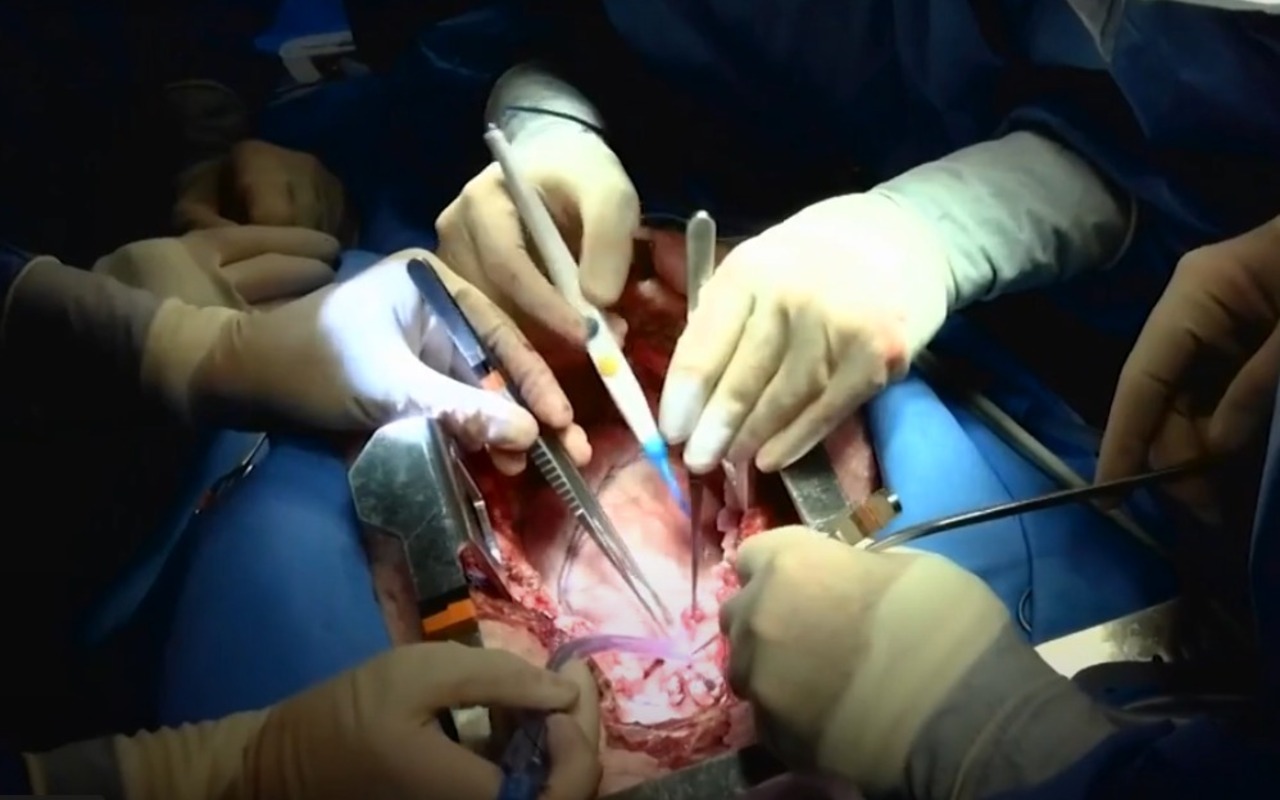
Ultrasound May Help with Brain Diseases
Stanford University has led a revolution in treating brain diseases through the use of focused ultrasound.
Stanford University has pioneered a revolution in treating brain diseases using focused ultrasound, a non-invasive technique offering new hope for patients with neurological disorders.
Focused Ultrasound: A New Frontier in Brain Medicine
Focused ultrasound allows high-frequency sound waves to be directed to specific areas of the brain, producing therapeutic effects without the need for surgery. This technique has shown promising results in treating various neurological conditions.
Treatment of Essential Tremor and Parkinson's Disease
Stanford has successfully applied focused ultrasound to treat essential tremor, a condition causing involuntary movements in the hands and other parts of the body. By directing sound waves to the brain region responsible for the tremor, significant symptom reduction is achieved without invasive procedures. Additionally, studies are underway to evaluate the technique's effectiveness in patients with Parkinson's disease, with encouraging preliminary results.
Opening the Blood-Brain Barrier for Drug Delivery
One of the most challenging barriers in treating brain diseases is the blood-brain barrier, which prevents many drugs from reaching the brain. Stanford researchers have used focused ultrasound to temporarily open this barrier, allowing direct delivery of therapies to affected brain tissue. This technique could revolutionize treatments for diseases like Alzheimer’s and brain tumors.
Advantages and Future Prospects
The use of focused ultrasound offers multiple benefits:
Non-invasive: It eliminates the risks associated with traditional brain surgery.
Precision: It enables treatment to be directed at specific brain areas, minimizing side effects.
Quick Recovery: Patients generally experience faster recovery compared to invasive procedures.
As research progresses, focused ultrasound is expected to become a standard tool for treating various neurological diseases, offering new hope to millions of patients worldwide.











LEAVE A COMMENT:
Join the discussion! Leave a comment.